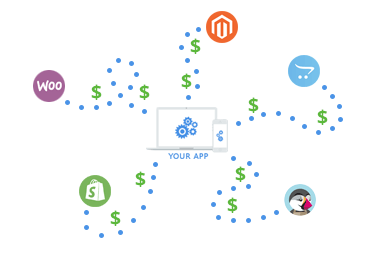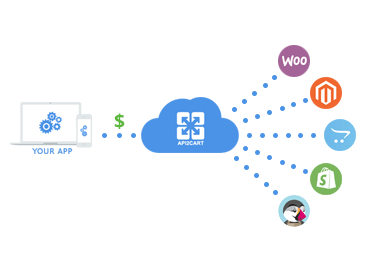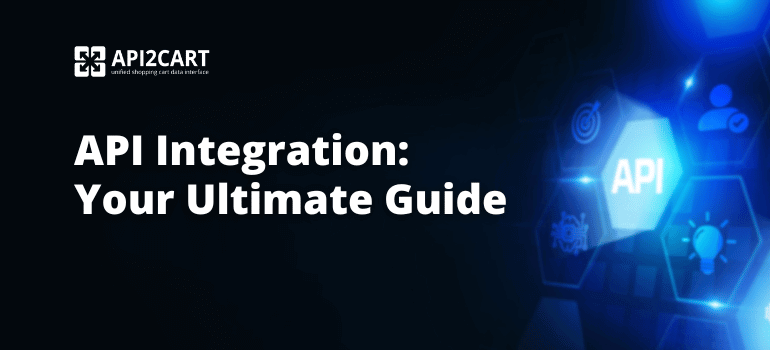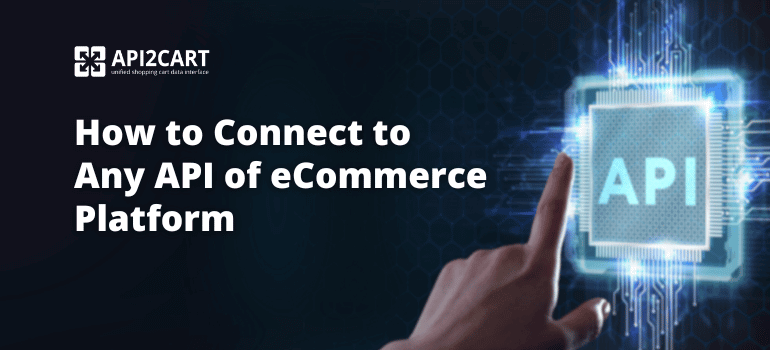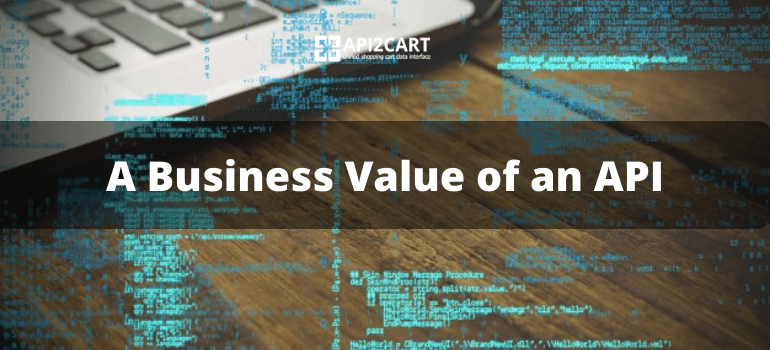
Presently, we are witnessing a lot of profound changes in conducting online trade taking place on the market. And no wonder, as things are humming, and eCommerce world isn’t stable as well. Day by day SaaS app providers observe how API penetrates the business world. However, not all of them realize its effect on their profit-making.
Continuing our blog series about API technology, I have found an article, written by Matt McLarty, Vice President of the API Academy from CA Technologies, who smartly explains the business perspectives of APIs. Previously, it was a pleasure to interview Matthew where he shared his expert’s insight about Application Programming Interface and the pool of advantageous it brings. And now this newly-baked article is at your disposal here at API2Cart.
APIs are at the heart of every major technology trend today. Mobile devices, cloud computing, the Internet of Things, Big Data and social networks all rely on web-based interfaces to connect their distributed components and deliver innovative and disruptive solutions to every industry in global business. Smart grid technology is transforming the energy industry. Connected car solutions are viewed as a key differentiator in the automotive industry. Amazon is disrupting every industry it touches. In all of these cases, APIs are both catalysts and enablers.
This article will examine APIs comprehensively from a business perspective, whether or not they are open and overtly monetized. I will cover the importance of tying your APIs back to business value, look at the type of data that should be used, and study the API success stories of Amazon and Twilio. I hope that these lessons will help you build useful and usable APIs.
Measuring API Business Value
The general business value of APIs can be measured. It all starts with the data. For many companies and organizations, the data they collect is viewed as a liability. Servers and storage are expensive. However, in today's increasingly digitized world, it is obvious that data can also be a precious asset. Data provides insights on clients that can be turned into differentiating business opportunities and new revenue streams. The “Big Data” craze seeks to sort out the digital confusion through high-value analytics. The imminent Internet of Things (IoT) explosion will bring an exponential increase in data, making it even more critical for companies to be on the right side of the data ledger.
The degree to which a company’s data is an asset as opposed to a liability is driven by three things: its accessibility, accuracy, and applicability. Any web API provides access to some data to some degree. Valuable APIs provide access to accurate data that applies to their core business. This enables companies to achieve an iterative approach I call “Data-Enabled Disruption”, which I will explain below. Furthermore, these three data attributes provide a methodology for determining which data and services should be exposed through APIs, and how those APIs are implemented:
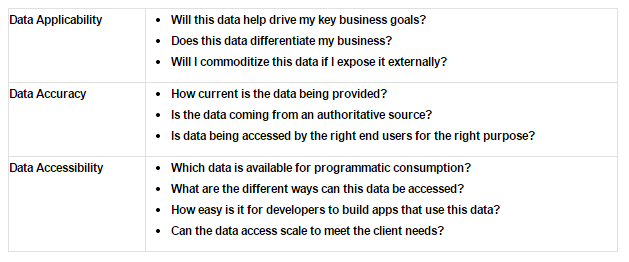
Examining this methodology from the perspective of APIs, these three data attributes can be consolidated into two attributes of APIs:
- “Useful APIs” provide accurate and applicable data
- “Usable APIs” provide accessible data
Obviously, the most valuable APIs are both useful and usable.
The Purpose of a Unified API
Unified API helps to connect one system to the other ones at one go. It combines multiple third-party APIs into a single set of data. The primary purpose of a unified API is to reduce the time it takes to complete various integrations with numerous applications and software.
For example, API2Cart provides a unified API for multiple shopping platforms and marketplaces. It allows software providers who work in the sphere of shipping management, order and inventory management, pricing, dropshipping automation, marketing automation, etc. to integrate their solutions with more than 40 shopping platforms at once. So, it helps to reduce the issues connected with developing the separate integrations with eCommerce platforms like Magento, OpenCart, Shopify, Zen Cart, etc. Also, it allows saving money, time and effort dramatically.
The following pictures perfectly show the difference between separate and unified integrations perfectly:
If you want to know more about API2Cart and its unified API, contact the company's manager for more detailed information.
